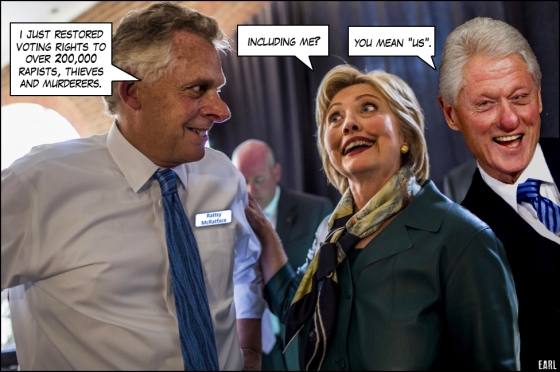Your infantry unit is outnumbered 8-1 and the enemy fire
is so intense, from 100 or 200 yards away, that your own Infantry
Commander has ordered the Medevac helicopters to stop coming in. You're
lying there, listening to the enemy machine guns and you know you're not
getting out.
Your family is 1/2 way around the world, 12,000 miles
away, and you'll never see them again.
As the world starts to fade in and out, you know this is
the day. Then - over the machine gun noise - you faintly hear that
sound of a helicopter. You look up to see an unarmed Huey. But ... it
doesn't seem real because no Medevac markings are on it.
Ed Freeman is coming for you.
He's not Medevac
so it's not his job, but he's flying his Huey down into the machine gun
fire anyway. Even after the Medevacs were ordered not to come. He's
coming anyway.
And he drops it in and sits there in the machine gun fire, as they load 3 of you at a time on board.
Then he flies you up and out through the gunfire to the doctors and nurses and safety.
And, he kept coming back! 13 more times!
Until all the wounded were out. No one knew until the mission was
over that the Captain had been hit 4 times in the legs and left arm.
He took 29 of you and your buddies out that day. Some would not have made it without the Captain and his Huey.
Medal of Honor Recipient, Captain Ed Freeman, United States Air Force, died on August 20, 2008 at the age of 80, in Boise, Idaho
May God Bless and Rest His Soul.

 FREEMAN, ED W.
FREEMAN, ED W.
By direction of the President, under the Joint Resolution of Congress
approved 12 July 1862 (amended by act of 3 March 1863, act of 9 July
1918, and act of 25 July 1963), the Medal of Honor for conspicuous
gallantry and intrepidity at the risk of life above and beyond the call
of duty, is awarded by the Department of the Army in the name of
Congress to:
CAPTAIN ED W. FREEMAN UNITED STATES ARMY
Captain
Ed W. Freeman, United States Army, of Boise, Idaho, who distinguished
himself by numerous acts of conspicuous gallantry and extraordinary
intrepidity on 14 November 1965 while serving with Company A, 229th
Assault Helicopter Battalion, 1st Cavalry Division (Airmobile). As a
flight leader and second in command of a 16-helicopter lift unit, he
supported a heavily engaged American infantry battalion at Landing Zone
X-Ray in the Ia Drang Valley, Republic of Vietnam.
The unit was almost
out of ammunition after taking some of the heaviest casualties of the
war, fighting off a relentless attack from a highly motivated, heavily
armed enemy force. When the infantry commander closed the helicopter
landing zone because of intense direct enemy fire, Captain Freeman
risked his life by flying his unarmed helicopter through a gauntlet of
enemy fire time after time, delivering critically needed ammunition,
water, and medical supplies to the besieged battalion.
His flights, by
providing the engaged units with supplies of ammunition critical to
their survival, directly affected the battle's outcome. Without them the
units would almost surely have gone down, with much greater loss of
life. After medical evacuation helicopters refused to fly into the area
because of intense enemy fire, Captain Freeman flew 14 separate rescue
missions, providing lifesaving evacuation of an estimated 30 seriously
wounded soldiers-some of whom would not have survived had he not acted.
All flights were made into a small emergency landing zone within 100 to
200 meters of the defensive perimeter, where heavily committed units
were perilously holding off the attacking elements. Captain Freeman's
selfless acts of great valor and extraordinary perseverance were far
above and beyond the call of duty or mission and set a superb example of
leadership and courage for all of his peers. Captain Freeman's
extraordinary heroism and devotion to duty are in keeping with the
highest traditions of military service and reflect great credit upon
himself, his unit, and the United States Army.





